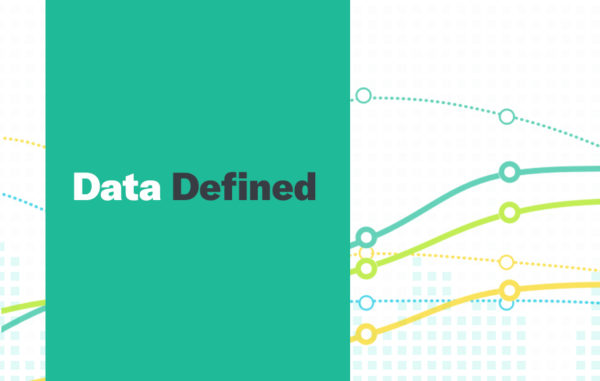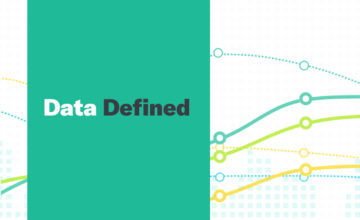Radio-Frequency Identification Defined
Radio-frequency identification also known as RFID refers to technology which allows the encoding of digital data in RFID tags, for the sole purpose for it to be read by radio waves.
RFID belongs to a group of technologies referred to as Automatic Identification and Data Capture (AIDC).
RFID systems consist of three components:
- an RFID tag,
- an RFID reader and
- an antenna.
RFID tags contain an integrated circuit and an antenna, which are used to transmit data to the RFID reader. The reader is then able to convert the radio waves to a more usable form of data. The usable form of data is collected from the tags is then transferred through a communications interface to a host computer system, where the data can be stored in a database and analyzed at a later time.
The benefits of an RFID include:
- The tags being able to rewritten and reused
- The tags being extremely durable against impact and environmental factors
- The tags ability hold more data than other types of tags or labels
- The readers being able to read hundreds of tags within seconds
- The tags having to the ability to have information printed on them like instructions, barcodes, or company names
- The RFID systems ability to be integrated with other internal systems or processes
In Data Defined, we help make the complex world of data more accessible by explaining some of the most complex aspects of the field.
Click Here for more Data Defined.


